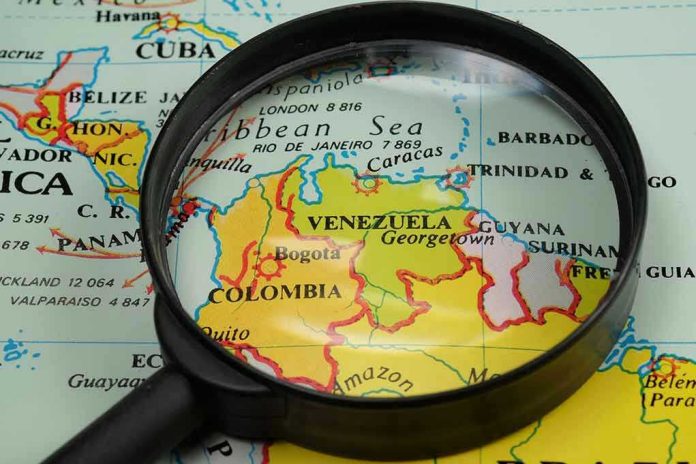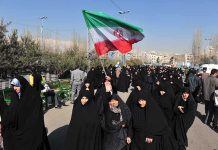
Is America ready to defend the iconic Panama Canal from the looming shadow of Chinese influence?
At a Glance
- The U.S. military is actively training to secure the Panama Canal from potential threats.
- China’s increasing economic presence in Panama is raising U.S. concerns.
- PANAMAX-Alpha 2025 focuses on countering external threats, notably Chinese.
- The U.S. emphasizes strengthening alliances with Panama amidst rising tensions.
Securing a Strategic Lifeline
The Panama Canal is a vital artery of global commerce, a marvel of engineering that has served as the beating heart of maritime logistics since its completion over a century ago. The United States, with its historical ties to the canal, is now ramping up military exercises to ensure this lifeline remains secure. The annual PANAMAX exercise has taken on new urgency in 2025 as Chinese investments in Panamanian infrastructure grow. This year’s PANAMAX-Alpha, with its intensified focus on countering external threats, underscores America’s resolve to safeguard this critical corridor from any potential adversary.
U.S. Southern Command (SOUTHCOM) is leading these efforts, leveraging its vast resources and regional influence. Partnering with Panama’s National Aeronaval Service and National Border Service, the U.S. is enhancing interoperability and rapid response capability. The exercises involve elaborate operations like boarding and rescue maneuvers, reflecting a comprehensive approach to defending against a myriad of threats. The commitment from both the U.S. and Panama showcases their shared interest in maintaining control and security over the canal, a critical asset in the geopolitical chess game unfolding in the Western Hemisphere.
Rising Tensions with China
China’s Belt and Road Initiative has seen an uptick in investments across Latin America, with Panama emerging as a focal point. This surge in Chinese economic activity is not just about commerce; it is about influence and strategic positioning. By investing heavily in port infrastructure near the canal, China is positioning itself closer to a key global trade route. The U.S. views this as a potential security risk, prompting the Trump administration to push for the sale of key port stakes to American-led entities, reflecting a heightened sensitivity to Chinese encroachment.
The 2025 iteration of PANAMAX-Alpha is explicitly focused on these dynamics, signaling a clear message to Beijing. The U.S. Secretary of Defense, Pete Hegseth, emphasized the importance of military training and cooperation to deter threats and bolster mutual defense. This exercise is not just about military readiness; it is a strategic maneuver to assert U.S. influence and reassure regional allies of America’s commitment to their security.
Strengthening Regional Alliances
For the U.S., strengthening ties with Panama and other Central American countries is a strategic priority. The PANAMAX-Alpha exercises are as much about building alliances as they are about military preparedness. The U.S. is investing in joint exercises and infrastructure, signaling its long-term commitment to regional stability. This cooperation benefits Panama by enhancing its security capabilities and ensuring it remains a sovereign gatekeeper of the canal.
However, this increased U.S. military presence could strain diplomatic relations with China. While the U.S. frames its actions as defensive, China might perceive them as an attempt to contain its economic expansion. The balance of power in the region is delicate, and America’s actions could shift the security architecture, prompting other nations to seek similar cooperation with the U.S. or China, depending on their strategic interests.









